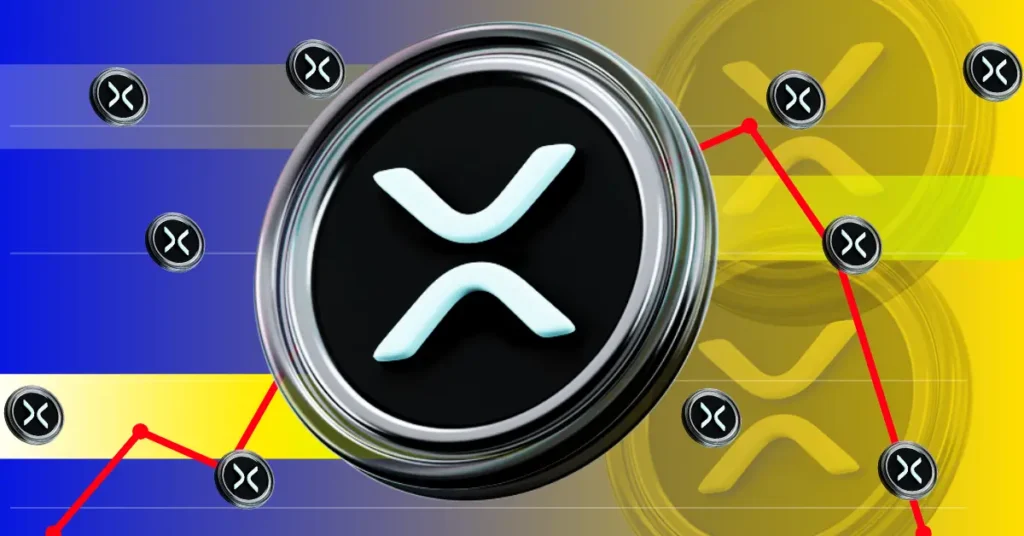It is a big day before the crypto world. The US Senate has officially accepted the Genius Act, an important stabile bill. With a strong 68-30 votes, the bill will now move to the house, where it is expected to pass quickly before he goes to President Trump’s office for definitive approval.
This new law could reform the Stablecoin market in the US, with clear rules for companies such as Circle’s USDC and other digital assets with dollars. Although crypto enthusiasts celebrate this progress, it has yielded a new debate about what it means for other major players such as XRP.
There is a concern that the rise of regulated, fast and reliable Stablecoins could reduce the need for XRP in cross -border payments and liquidity solutions. According to an industry expert, however, this could stimulate the usefulness of XRP by giving banks and companies more ways to move money while still needing a bridge activity such as XRP for certain markets and transactions.
Currently there are around $ 27 trillion on Nostro/Vostro accounts that banks use to arrange cross-border payments. The expert said that this number could shoot beyond $ 50 trillion because banks will probably not trust each other’s stablecoins. And that is where XRP comes in.
XRP: the neutral bridge
The role of XRP becomes vital as a neutral, decentralized bridge active. That is why XRP can, instead of being replaced, to be trusted as the only neutral asset that banks can trust. This positions it as an important player in the global value transfer.
A recent message from the Britto community dedicated to the co-maker of the XRPL, Arthur Britto, also clarified that the display of Stablecoins to replace XRP is the most important differences between the two.
Stablecoins hold value, XRP moves it
While Stablecoins are digital versions of Fiat (such as USD or EUR), intended for retaining value, not transferring to systems. For example, it is complex to send money from Japan to Mexico with the help of Stablecoins. But with XRP the transfer is done immediately without needing financed accounts.
XRPs decentralized liquidity and speed make it better suited for global transfers, while Stablecoins are still dependent on centralized control. That is why, even while Stablecoin’s momentum and regulatory clarity, they will not replace XRP in what it does best – quickly and efficiently moving value across borders.



